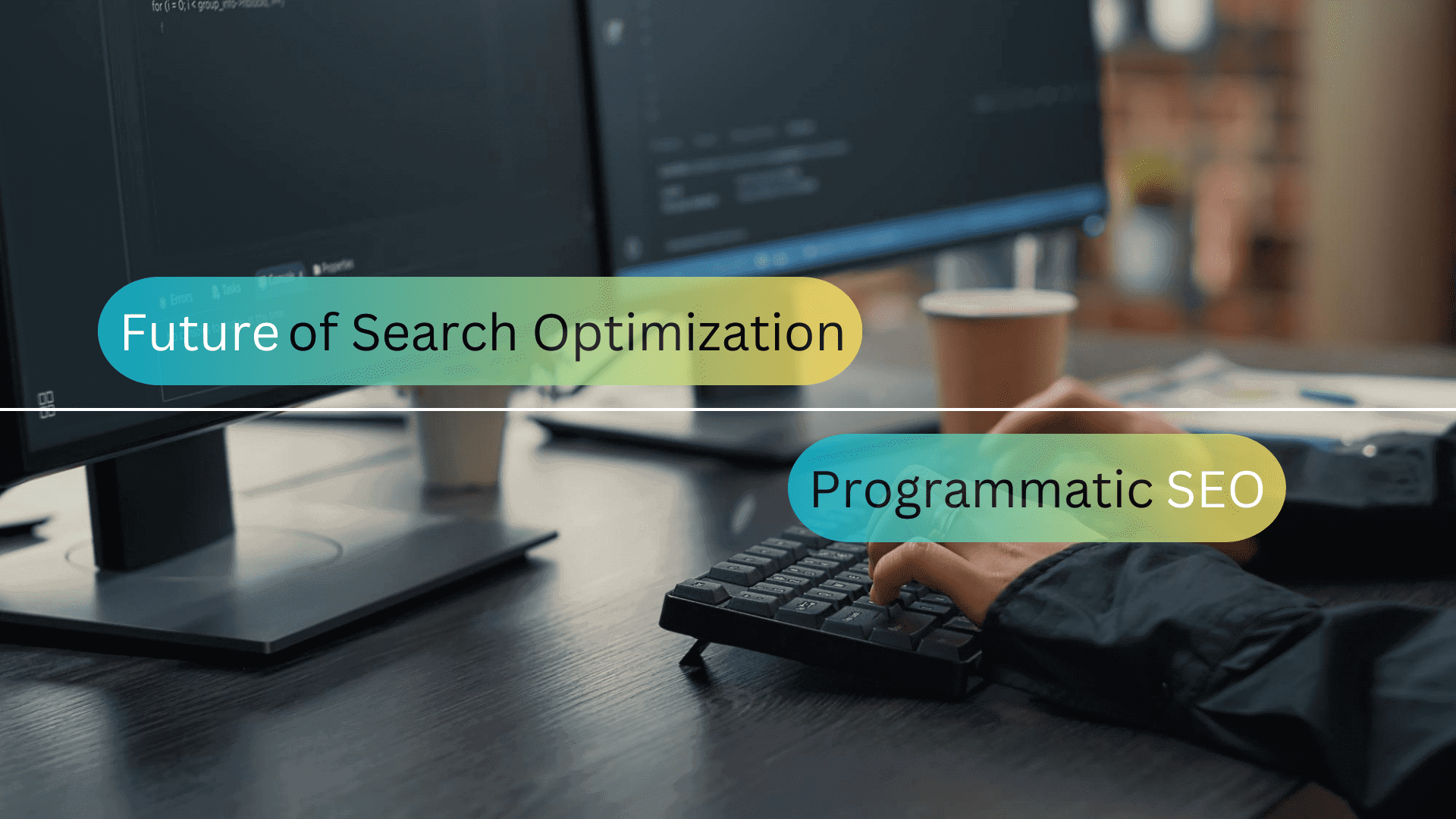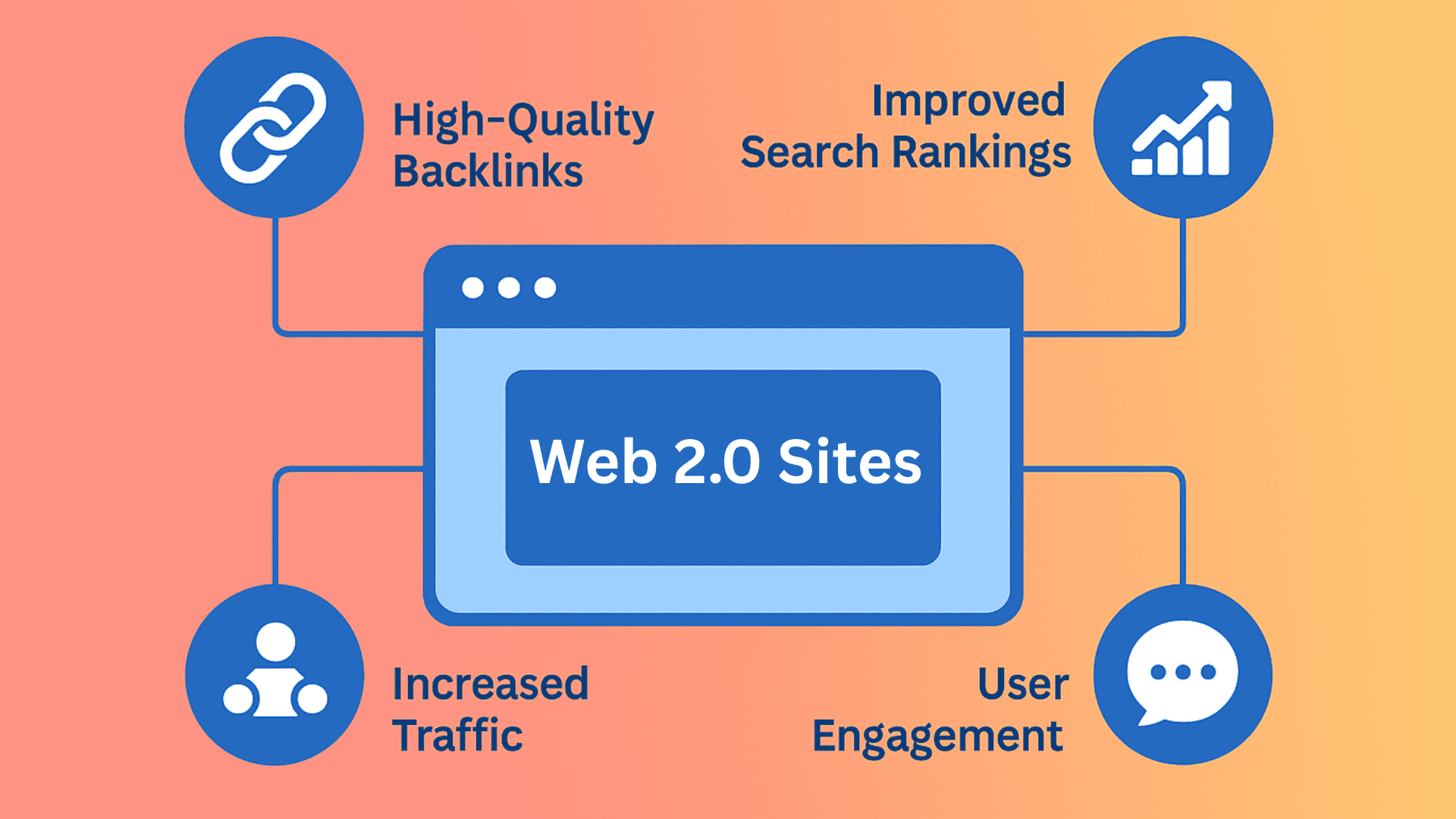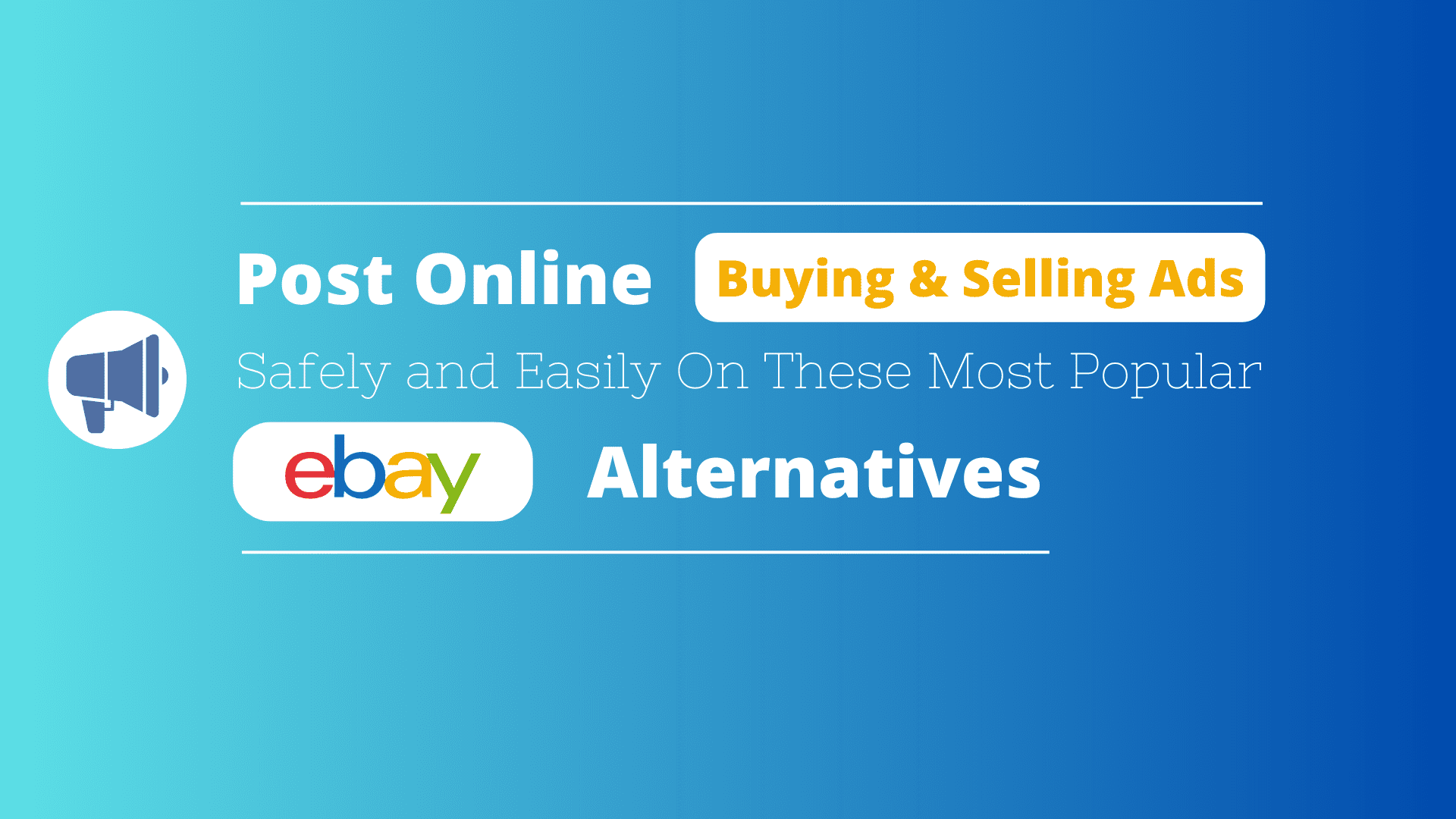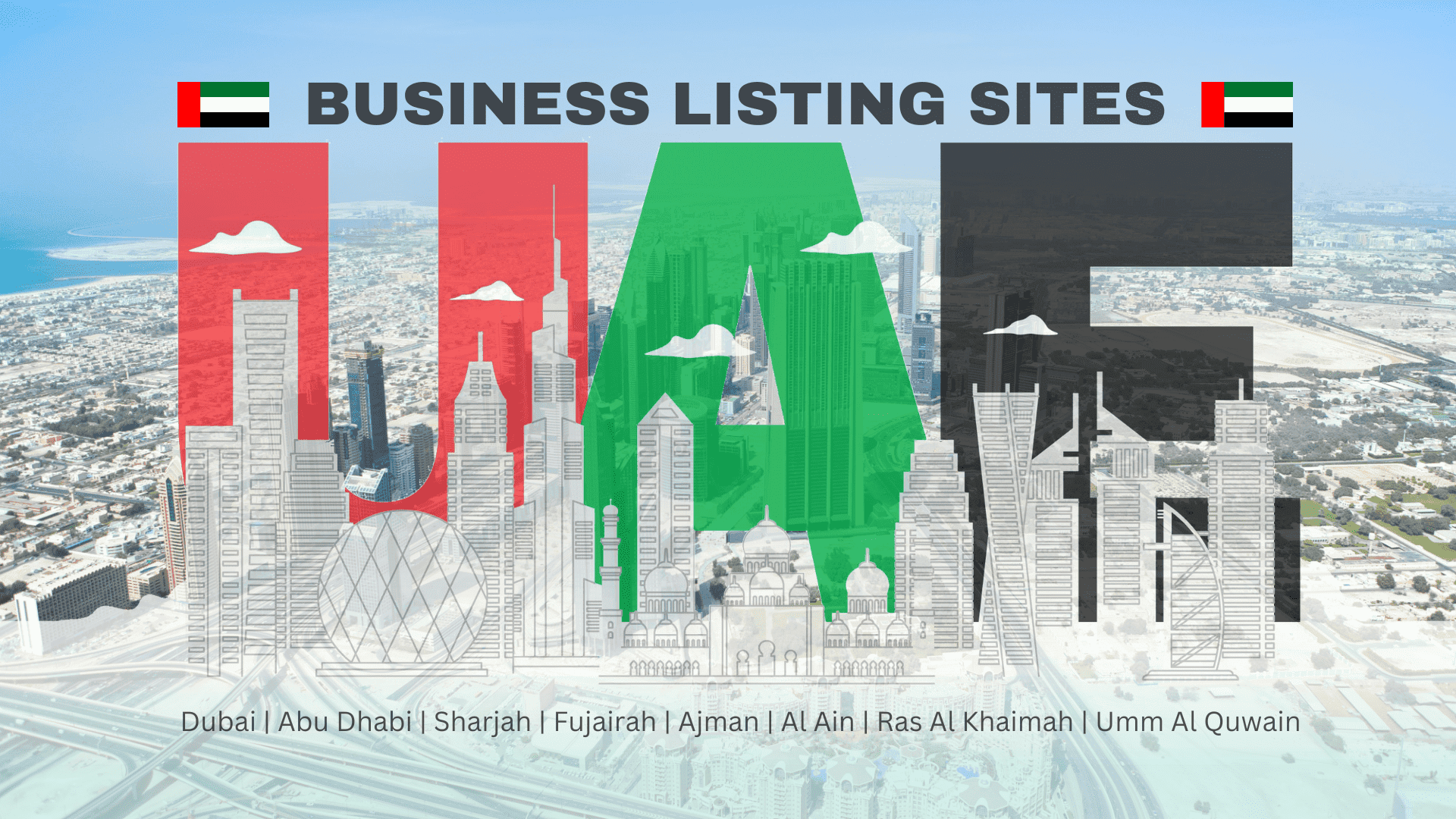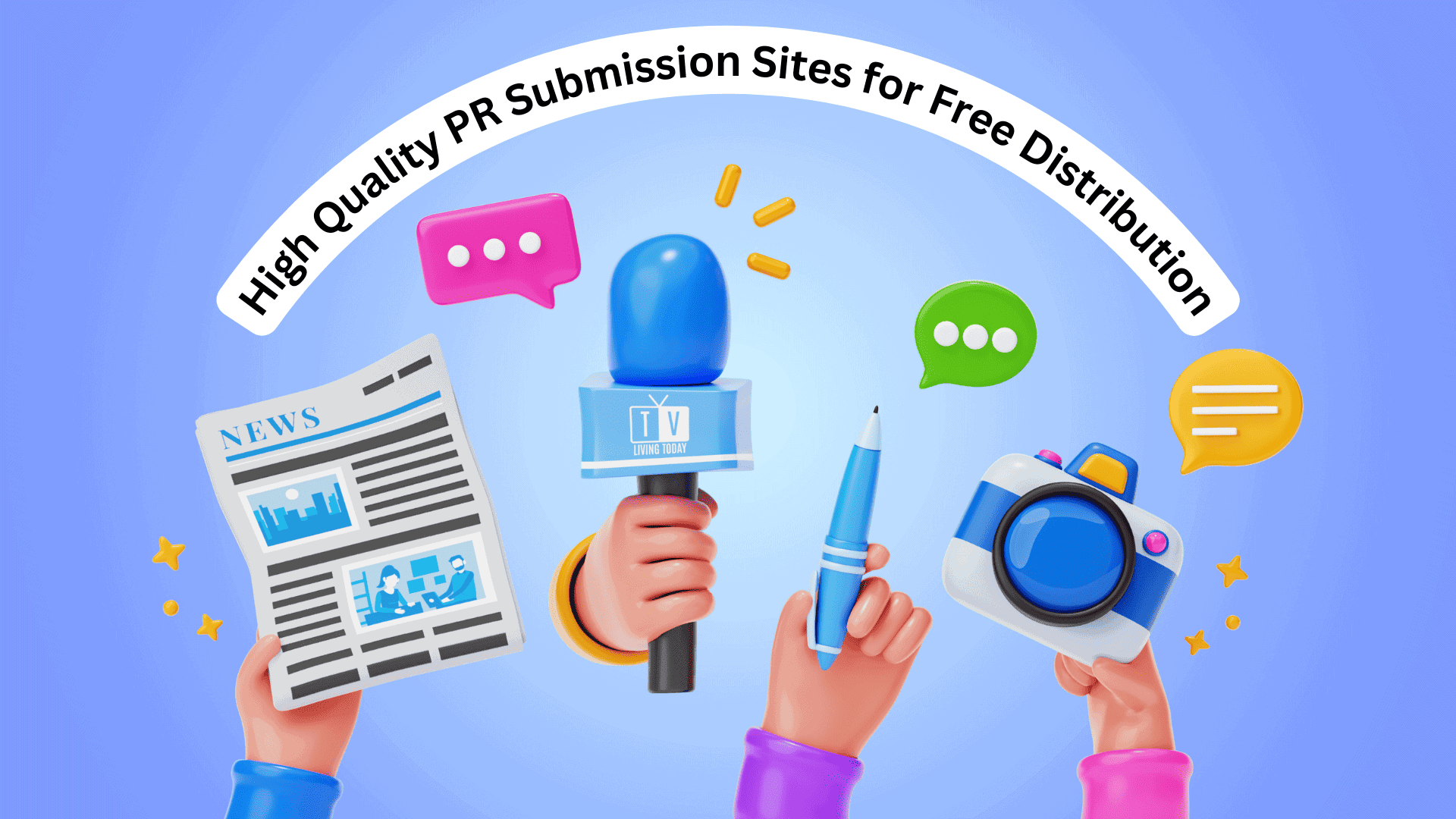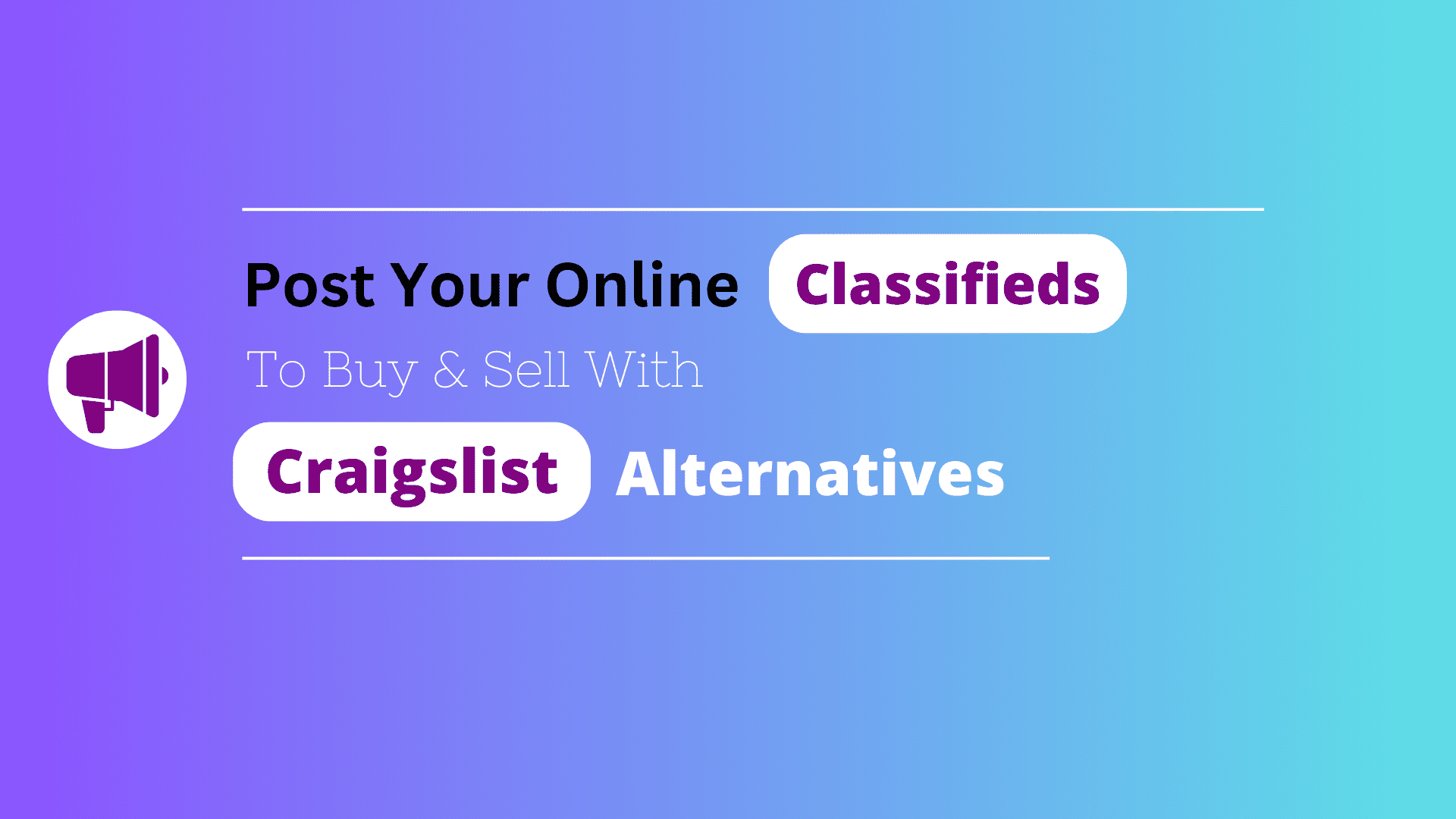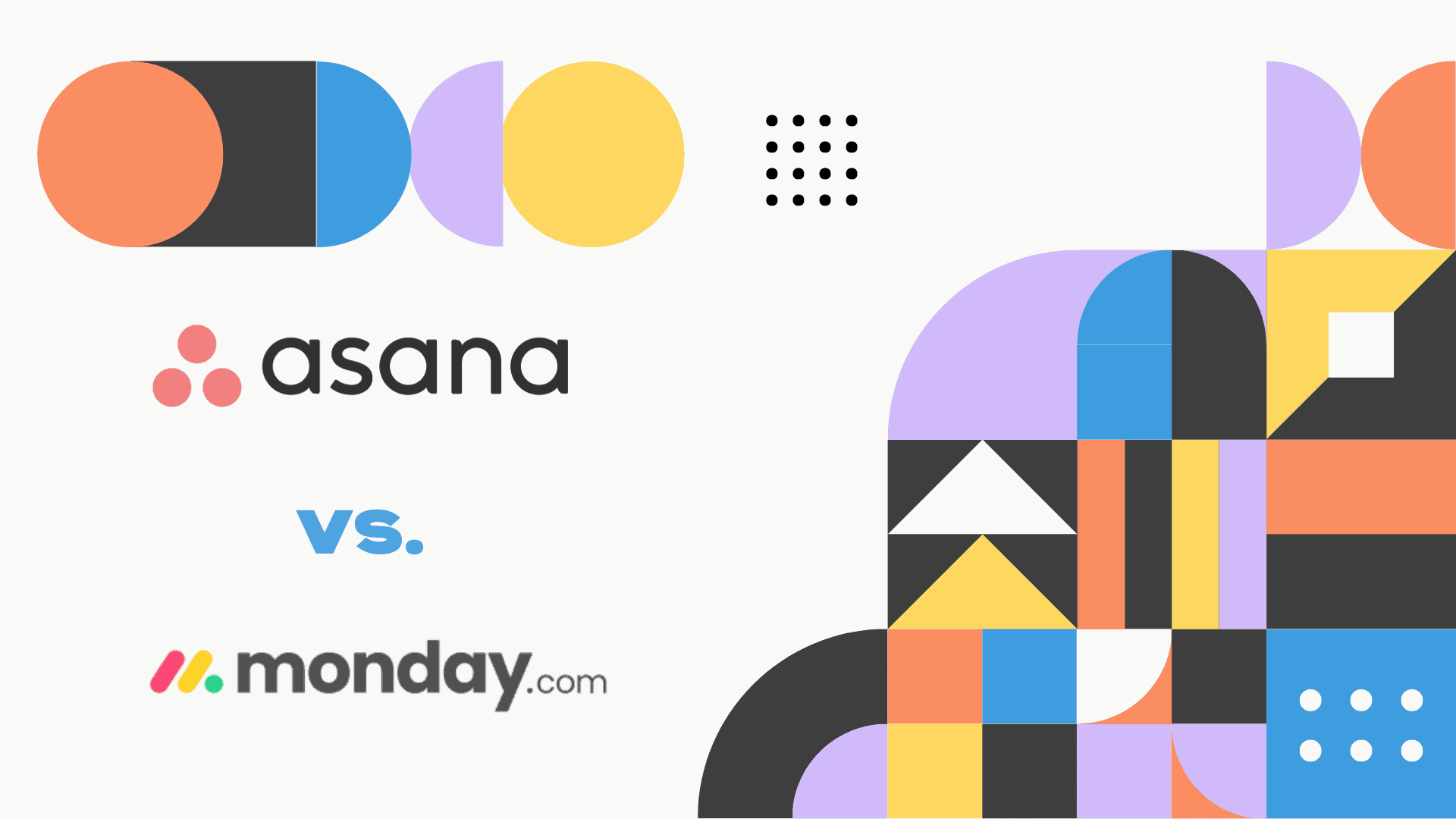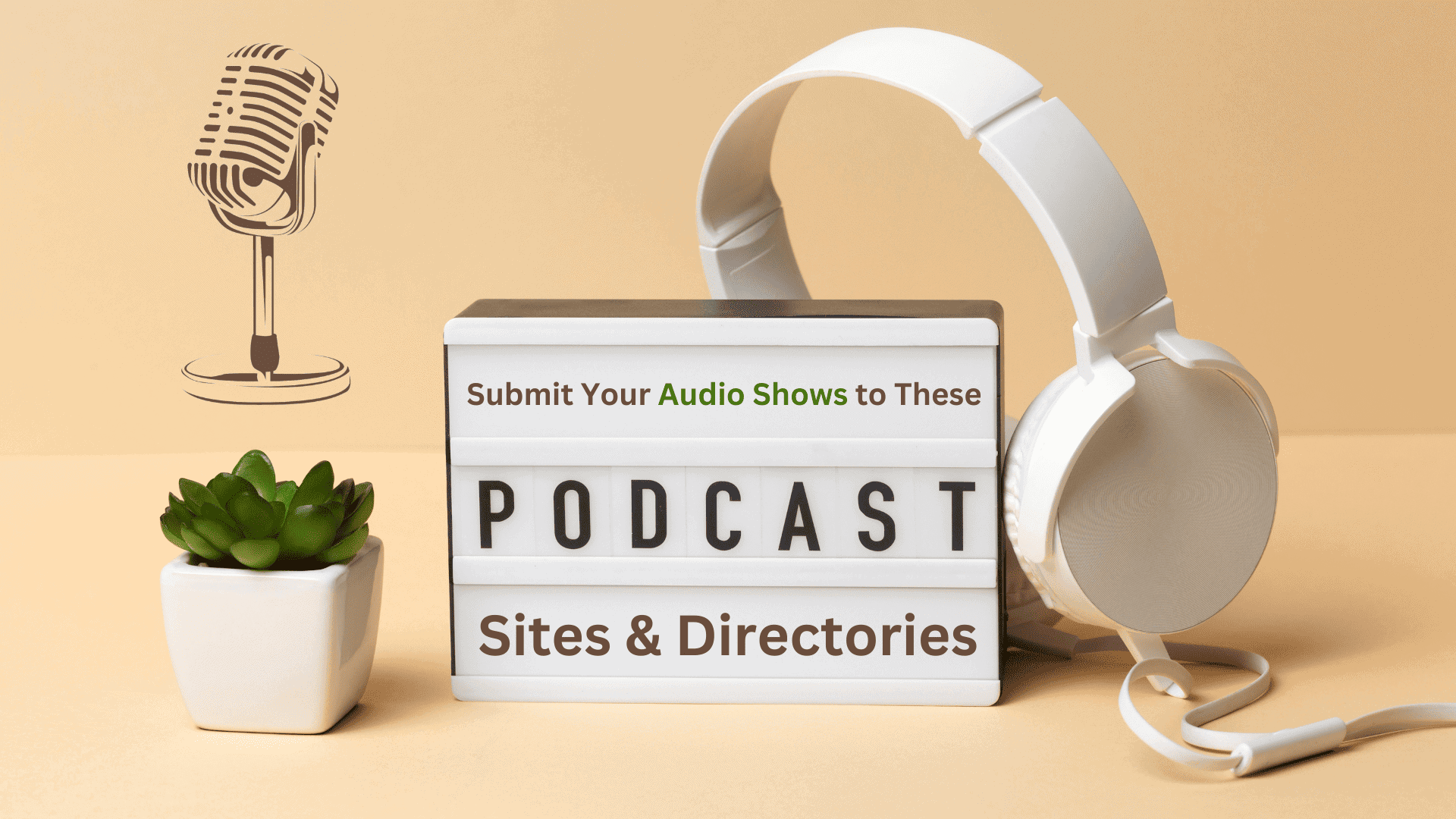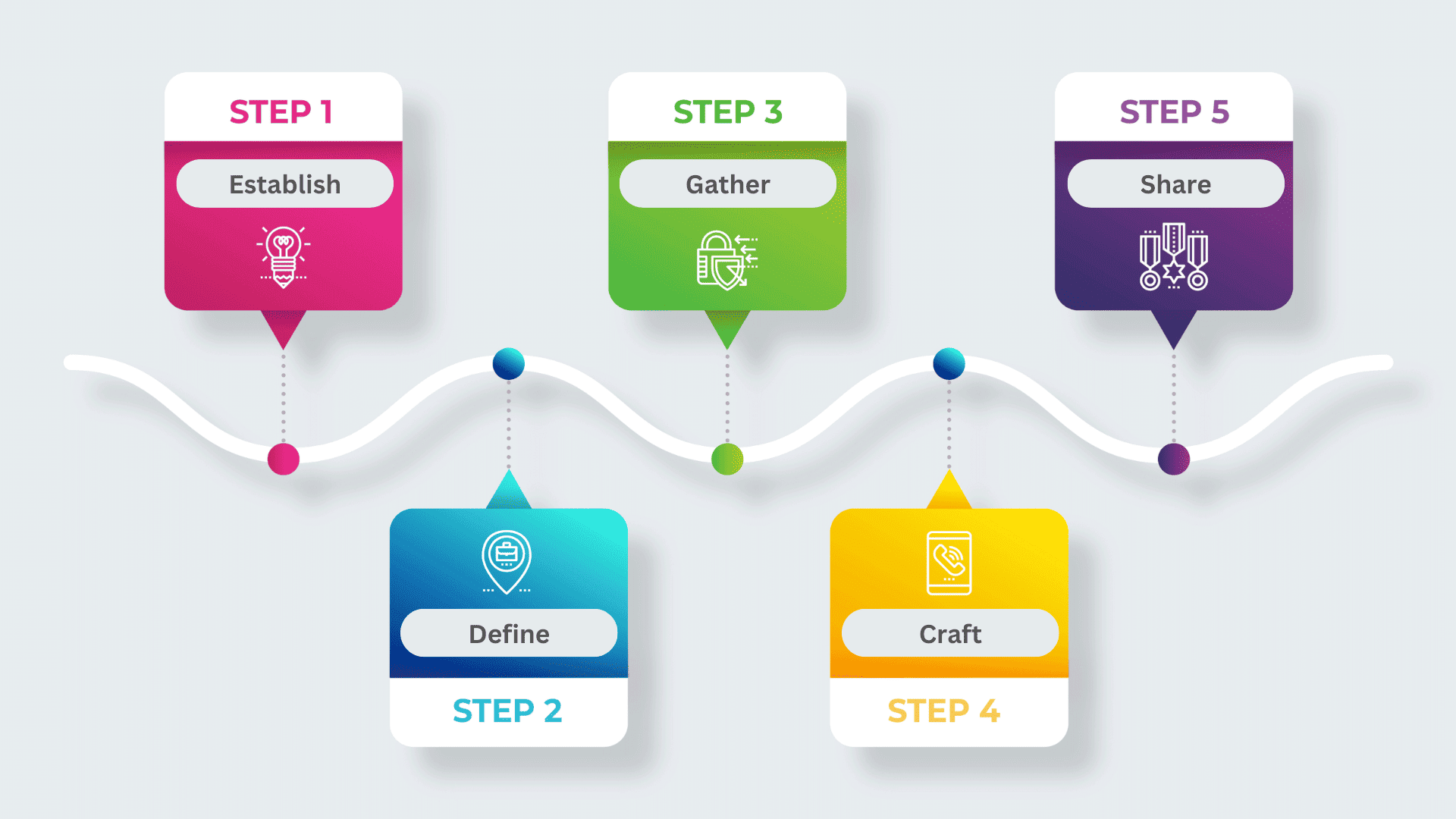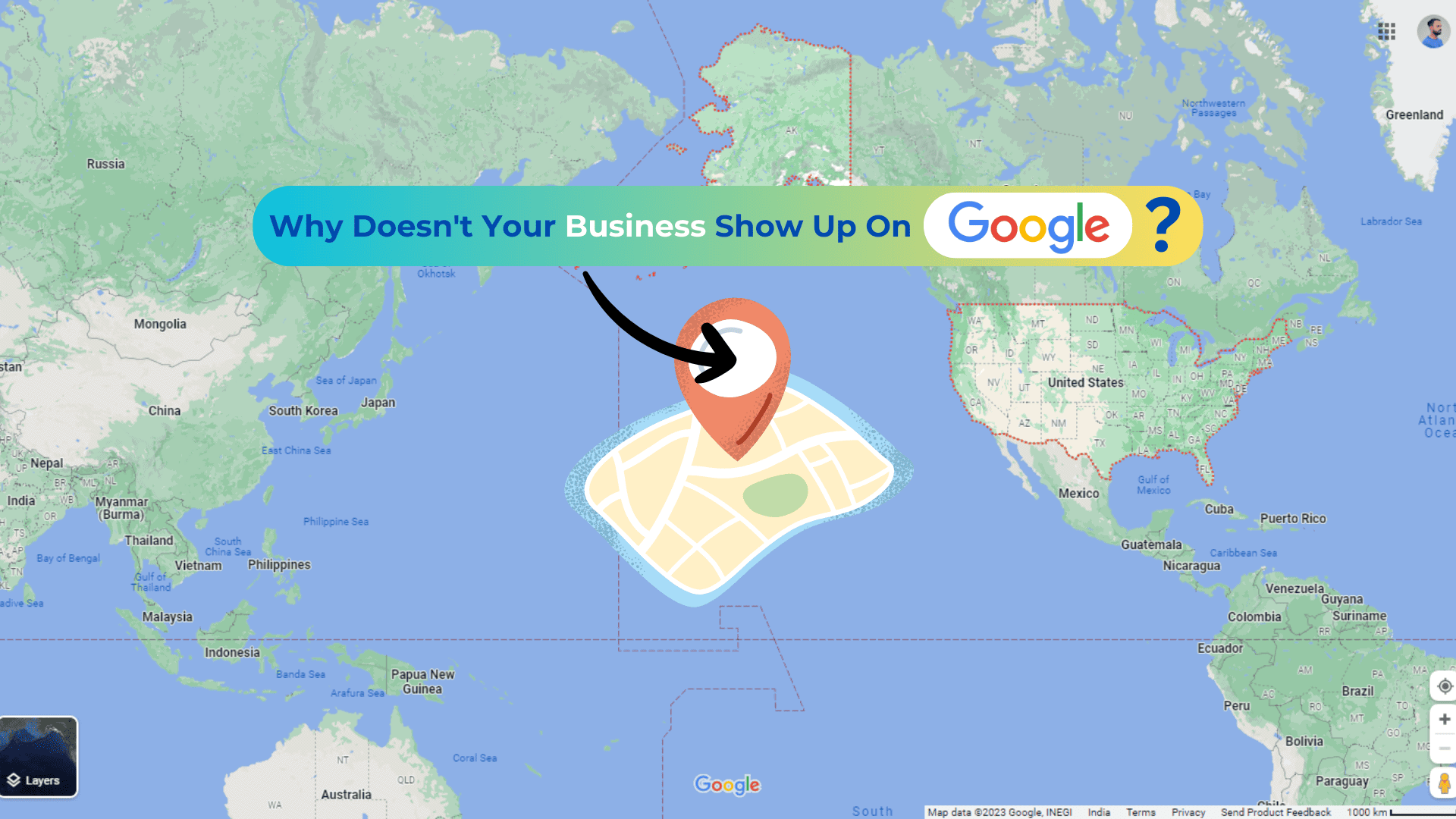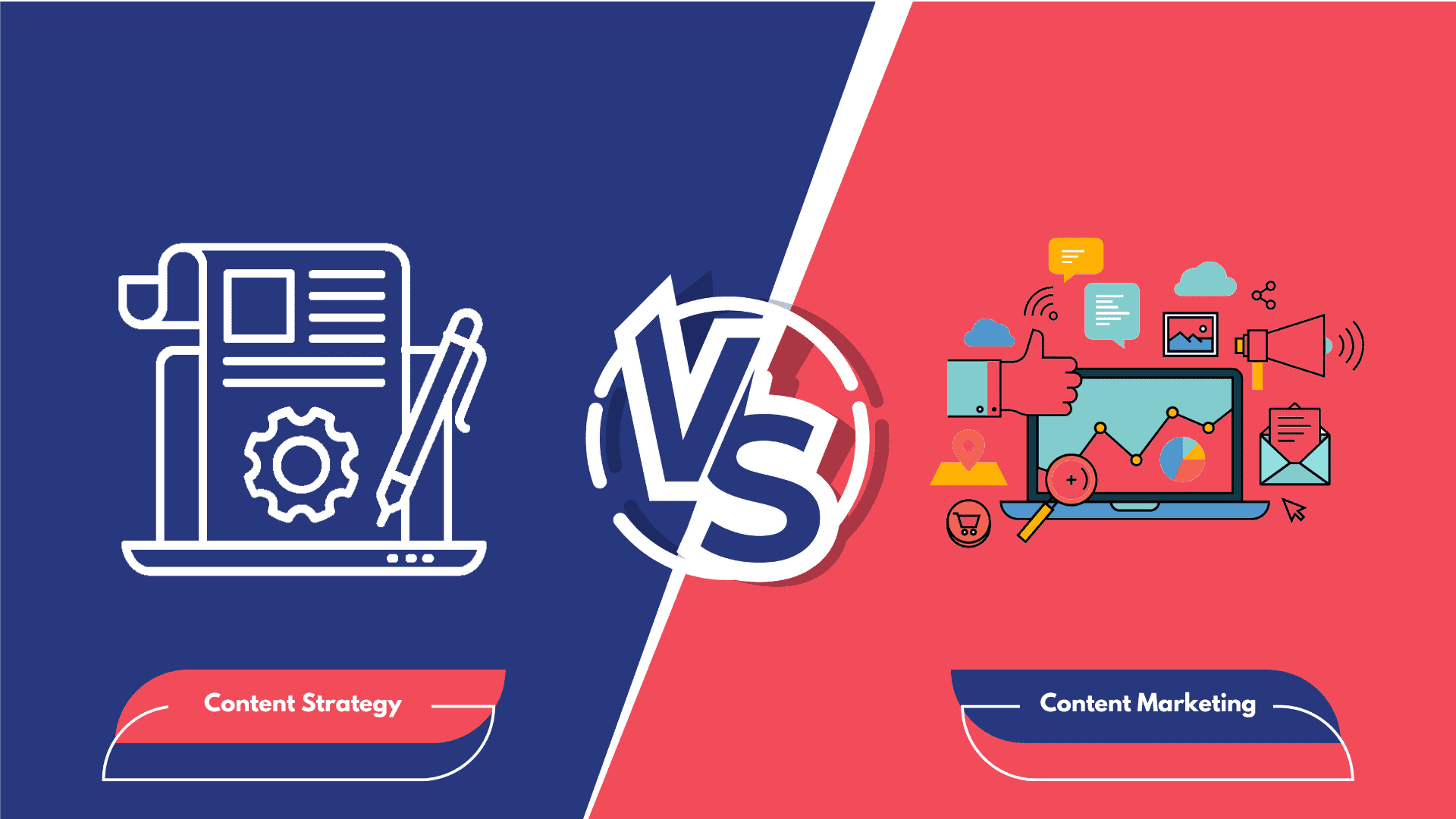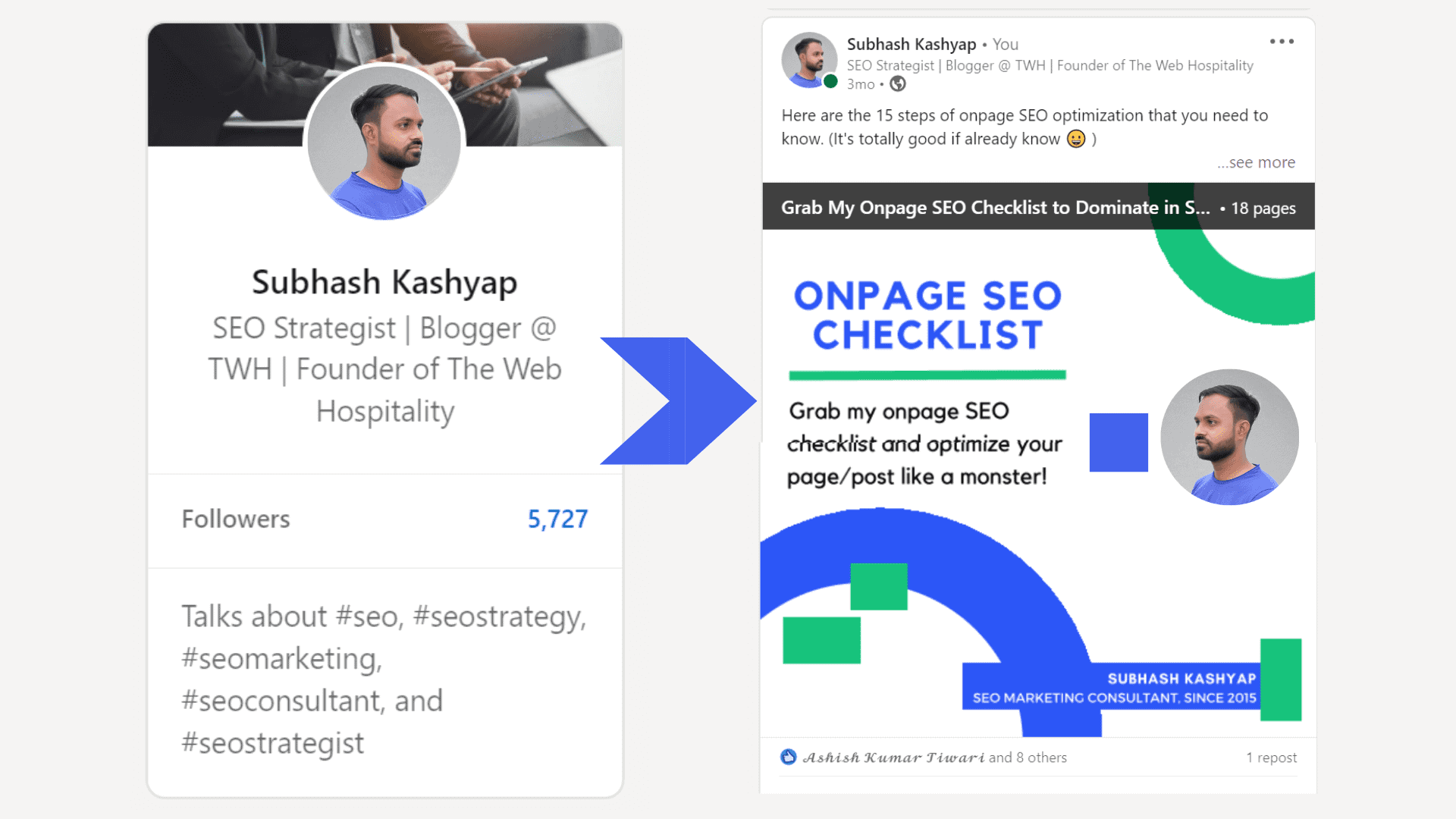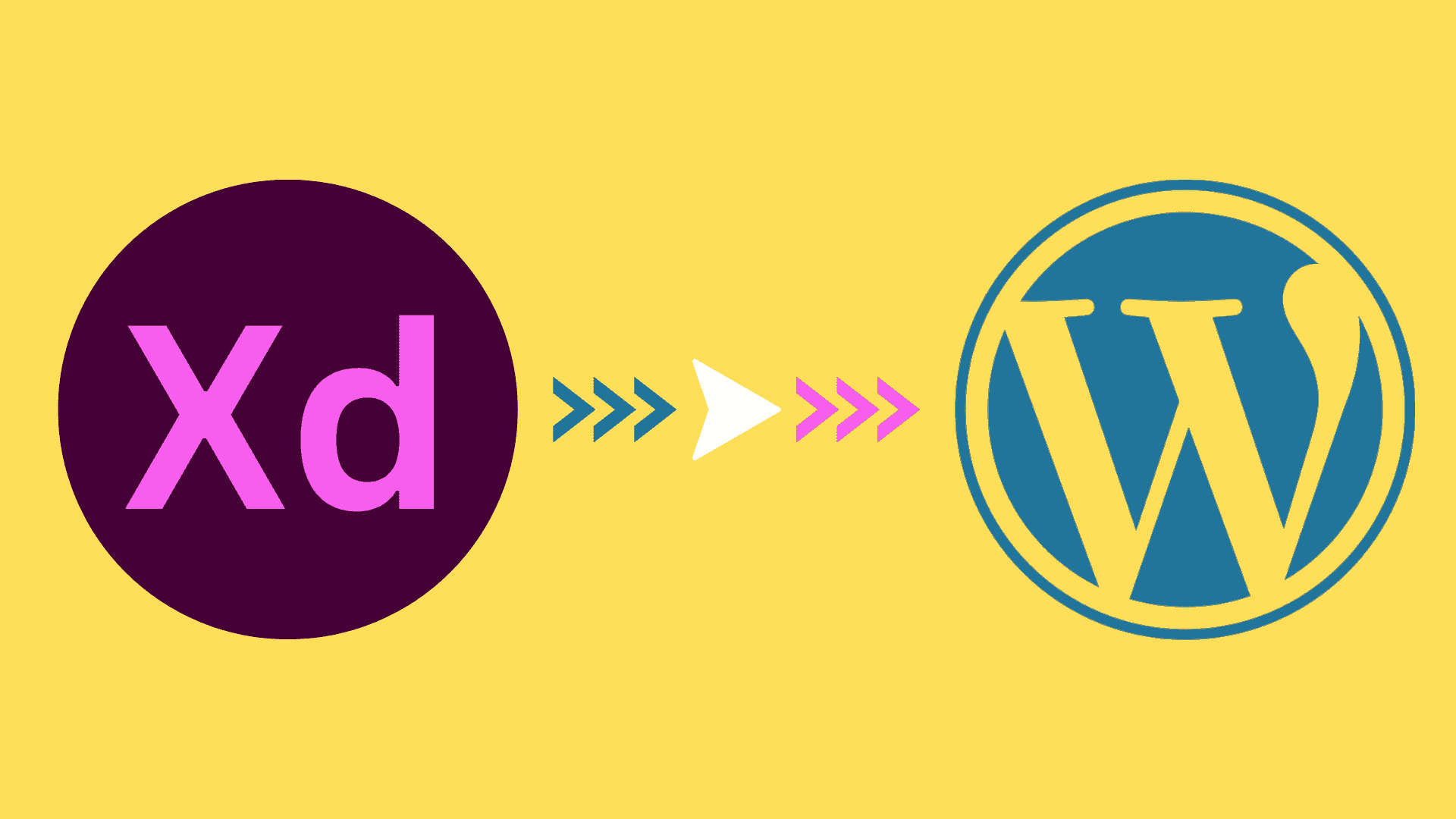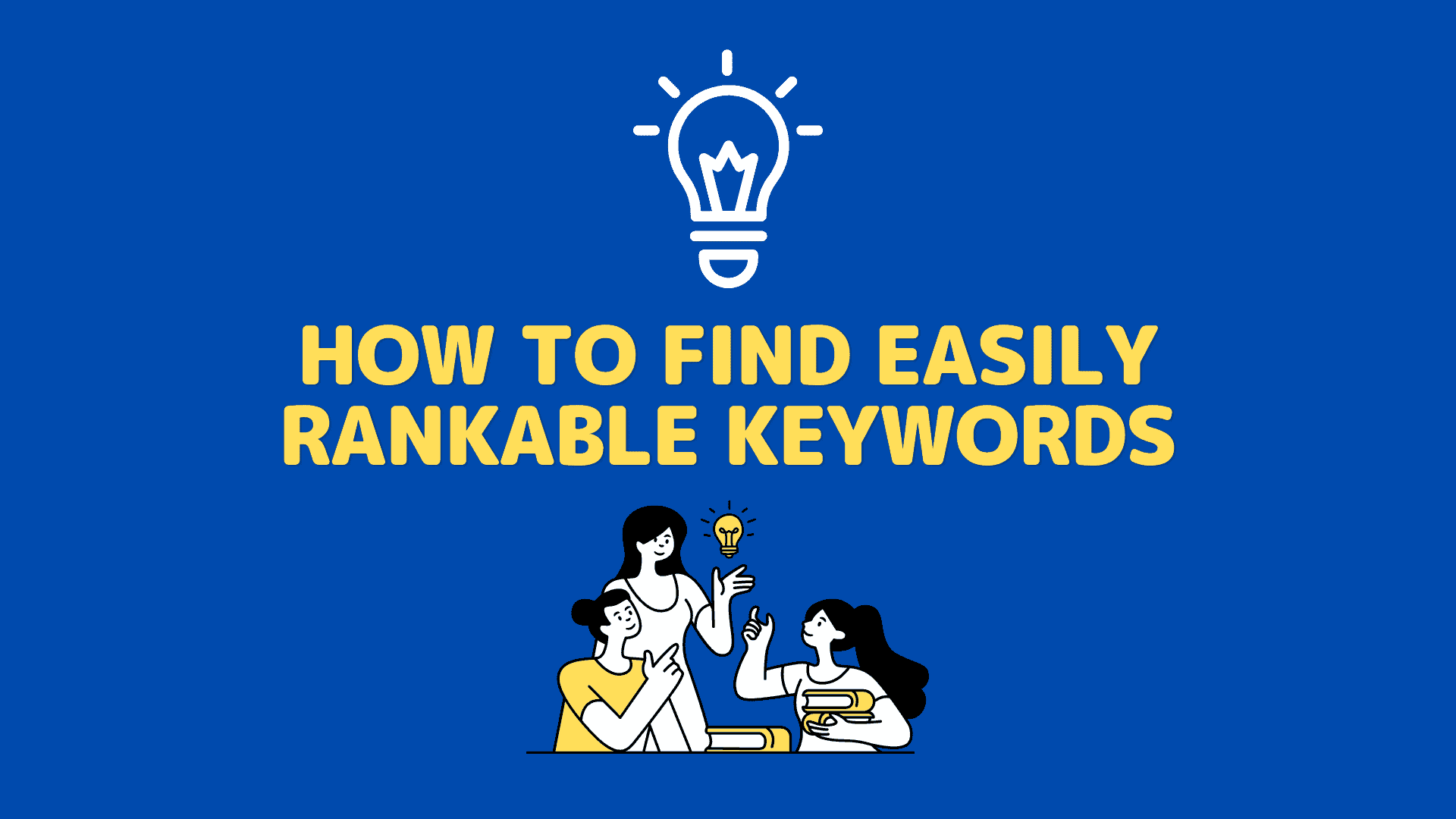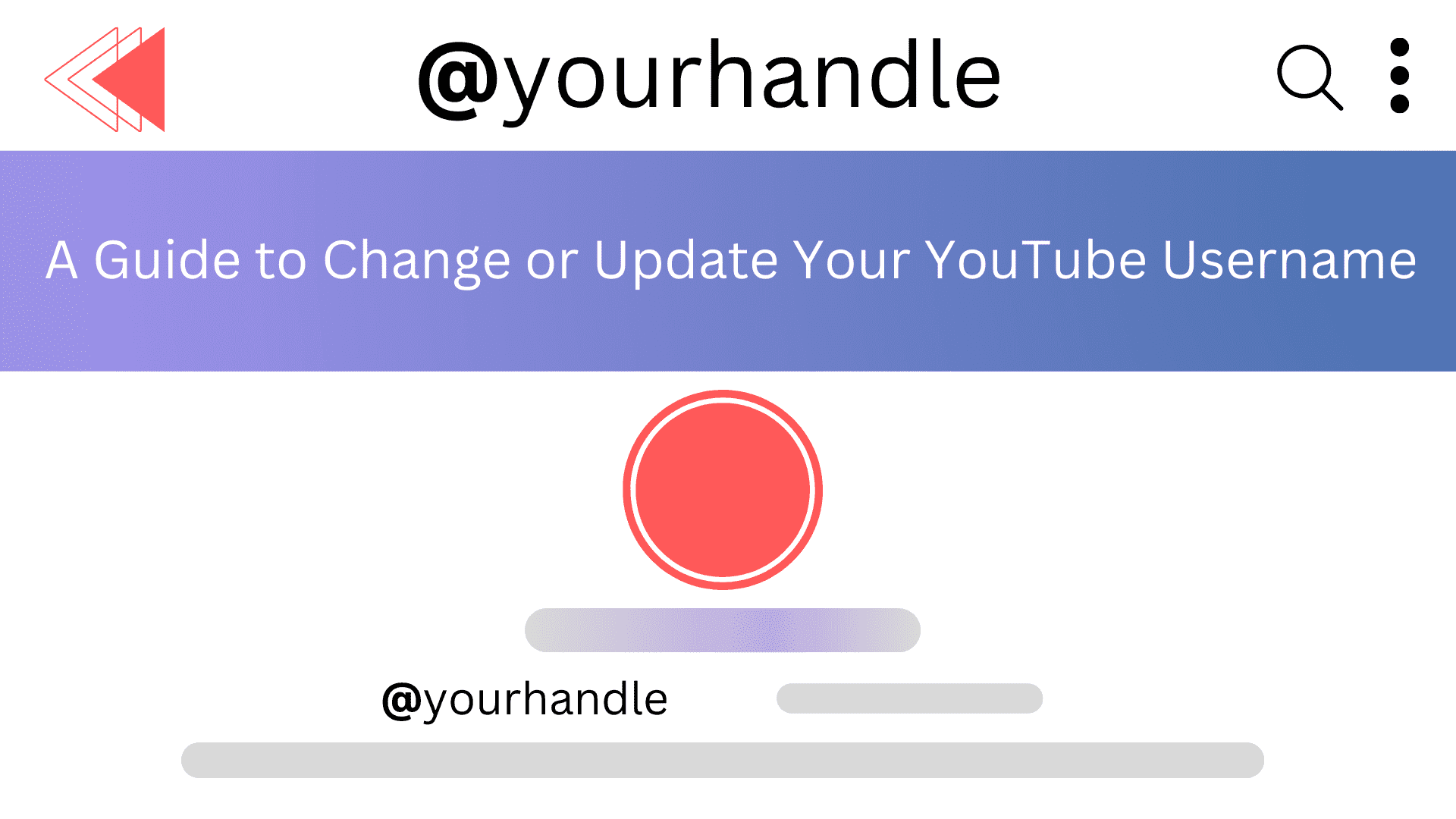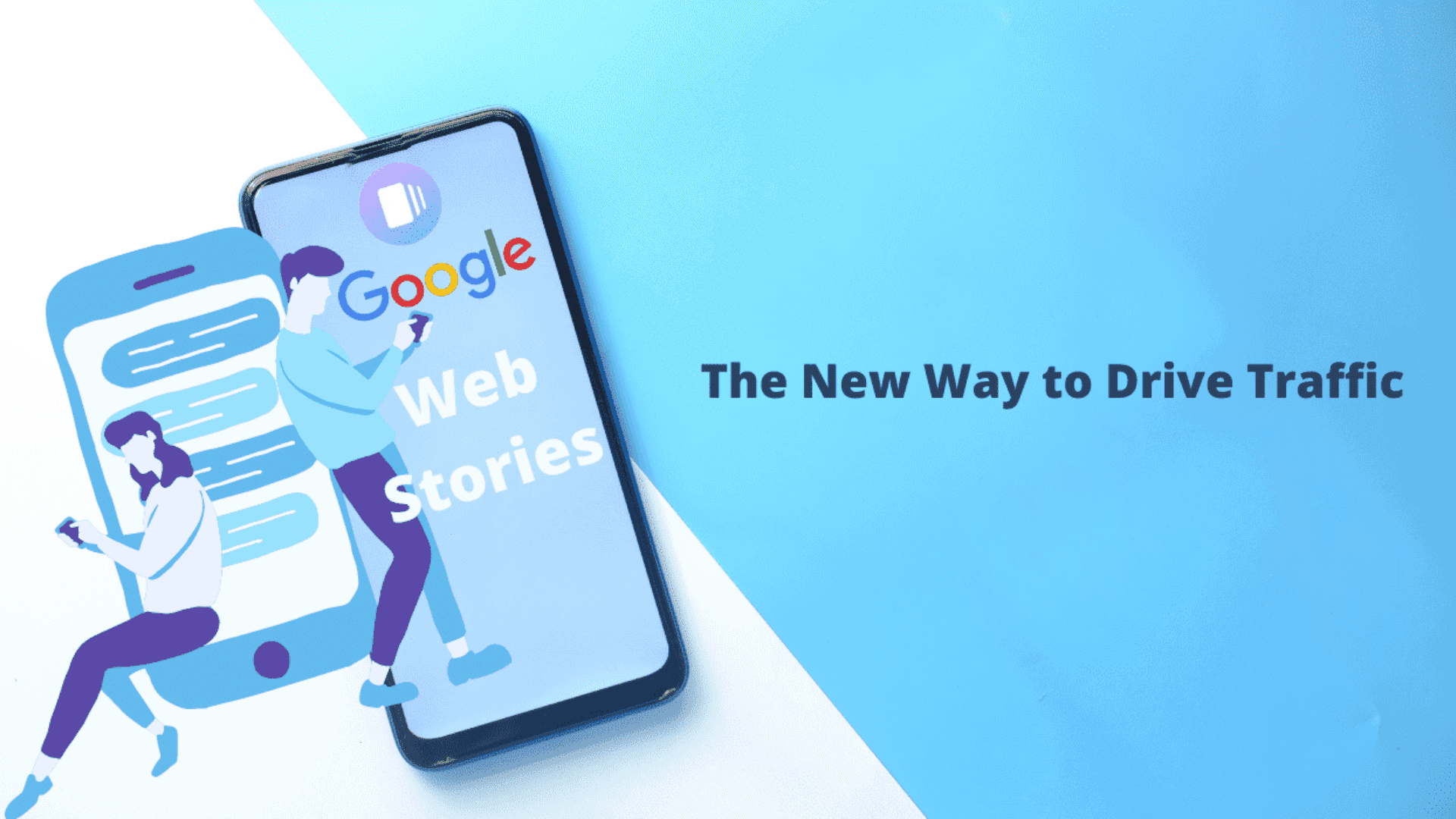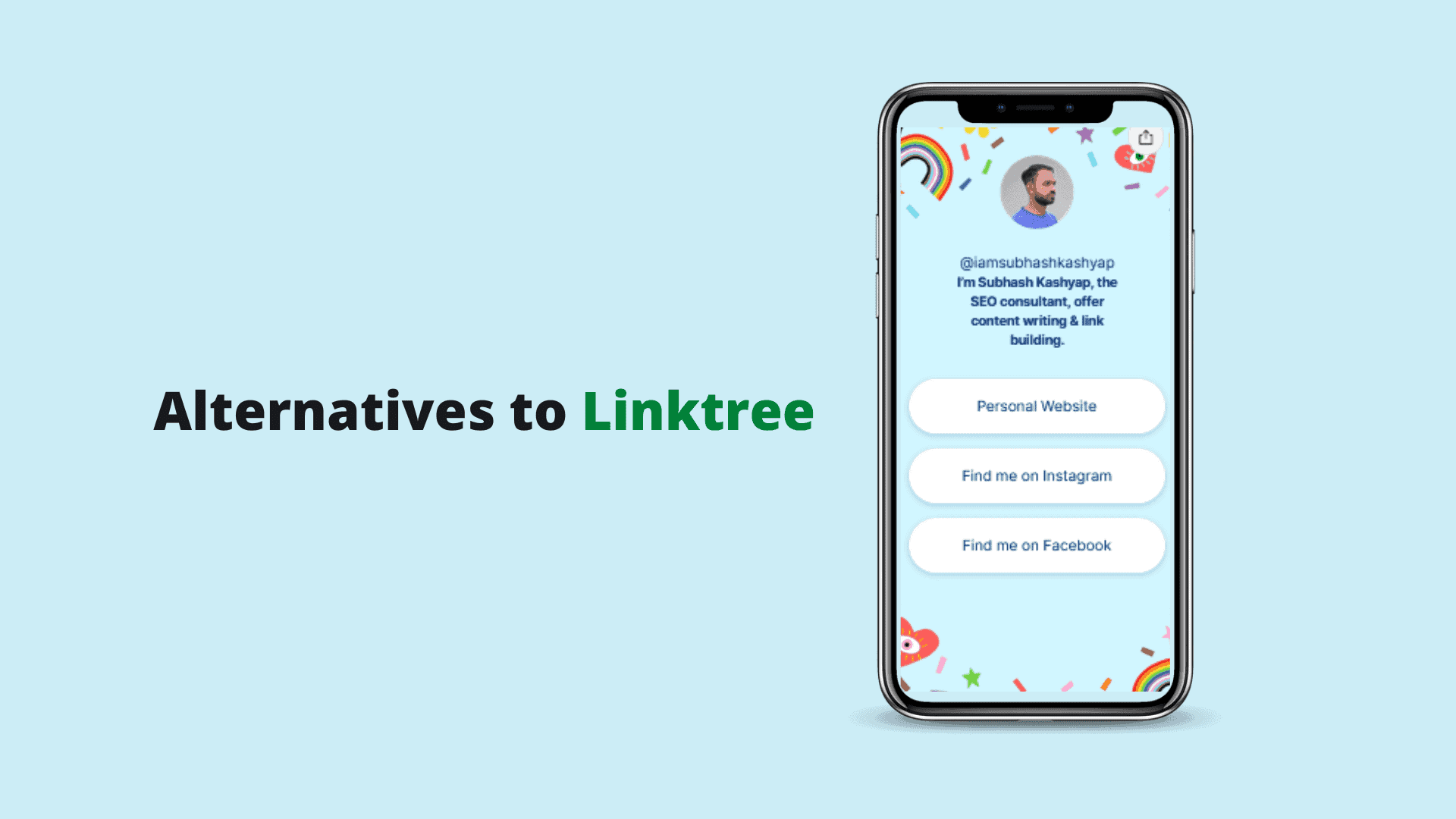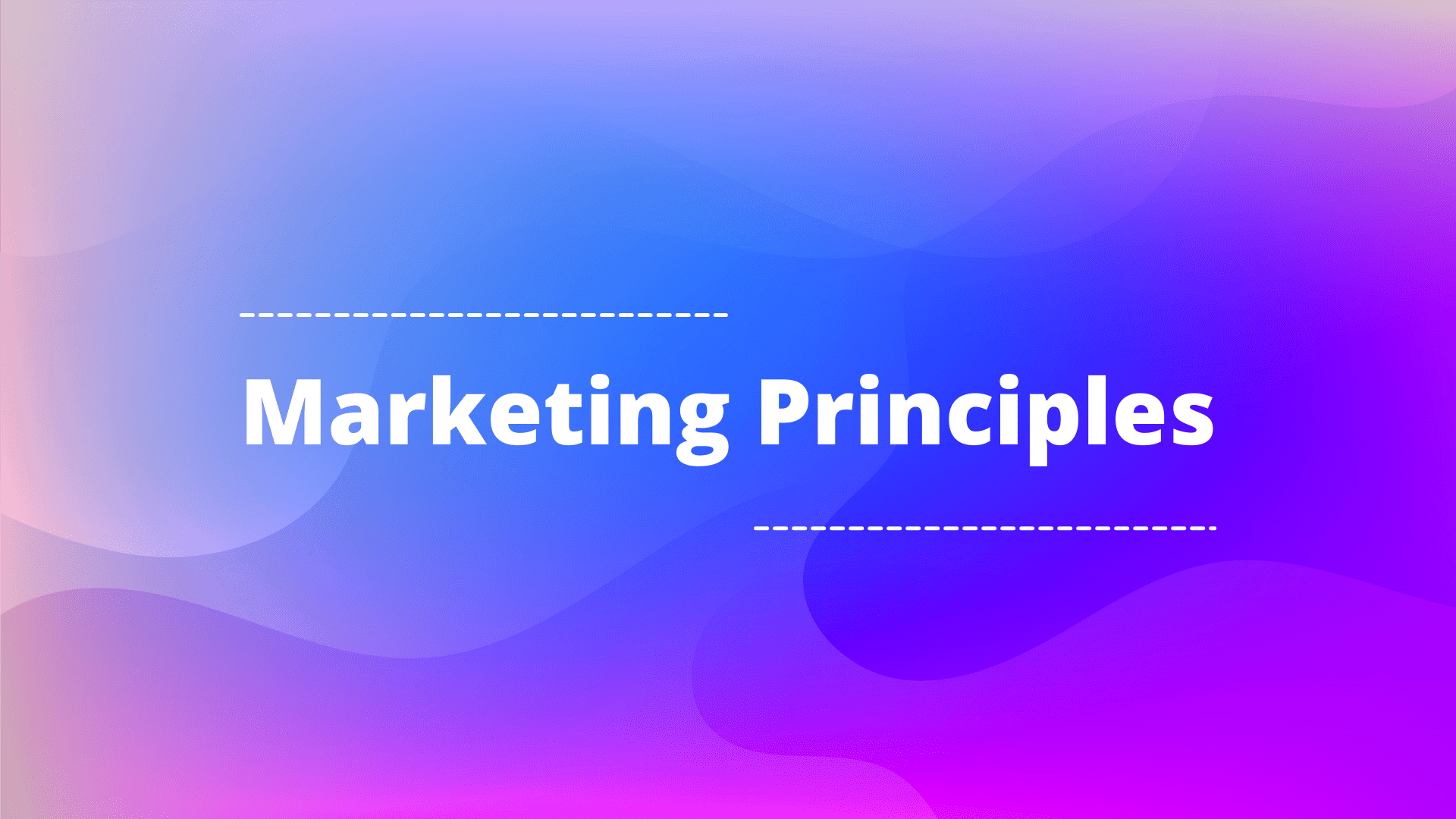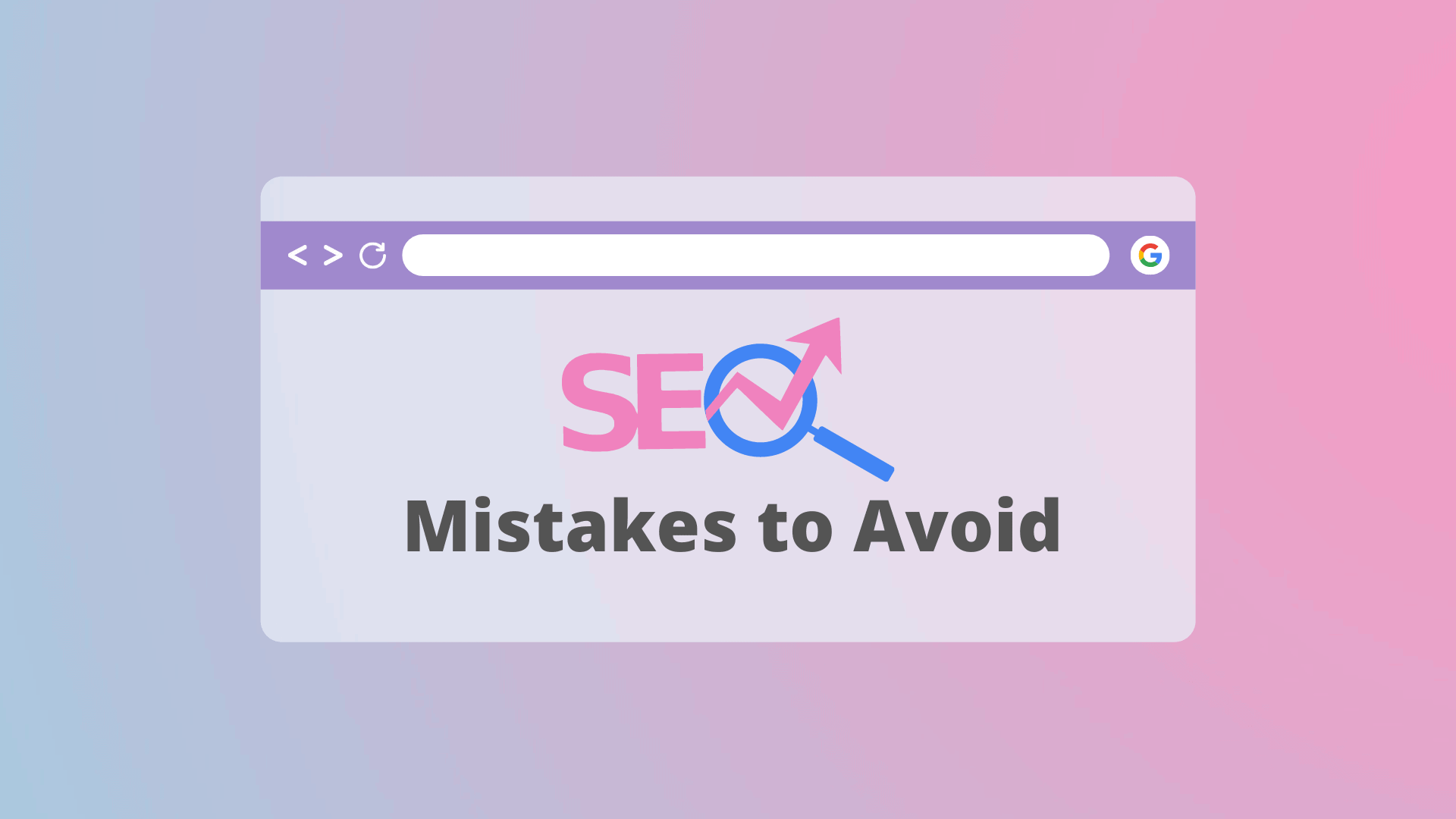Table of Article Contents
ToggleProgrammatic SEO: An In-Depth Guide to the Future of Search Optimization
Curious about programmatic SEO? Many search marketers, including me, know that search engine optimization (SEO) is crucial to successful digital marketing efforts.
Traditional SEO deals with optimizing website elements such as meta tags, content, and backlinks to get better search engine rankings.
While, programmatic approach is a thing that requires deep knowledge of search engine algorithms and strategies that can help a site to stand out in search results.
However, as the digital technology evolves, so does the approach to SEO.
And, that is where Programmatic SEO comes in, marking a significant departure from the traditional ways of optimizing for search engines. This innovative approach melds the precision of programming with the nuances of SEO.
Let’s delve deeper into this topic, exploring its intricacies and the potential to redefine your traditional SEO.

What is Programmatic SEO?
Programmatic search optimization represents the fusion of programming and traditional SEO practices. At its core, it seeks to automate many of the tasks that SEO professionals handle manually.
Rather than being dependent on manual inputs for optimizing meta tags, contents and links, Programmatic SEO is a programming approach that achieves optimal results in the shortest time possible.
But, how does it stand apart from traditional SEO? While the foundational principles of search optimization remain consistent, Programmatic SEO adds a layer of automation and scalability.
Traditional SEO often involves individual page optimizations and manual adjustments.
In contrast, Programmatic SEO can optimize hundreds or thousands of pages simultaneously through the use of scripts and automation tools.
Furthermore, the inclusion of automation and scripts in Programmatic search strategy doesn’t just offer efficiency; it brings precision.
Through the use of data-based coding, websites develop the ability to change in response to variations in search algos and human behavior so that they can stay optimized amidst these changing environments.
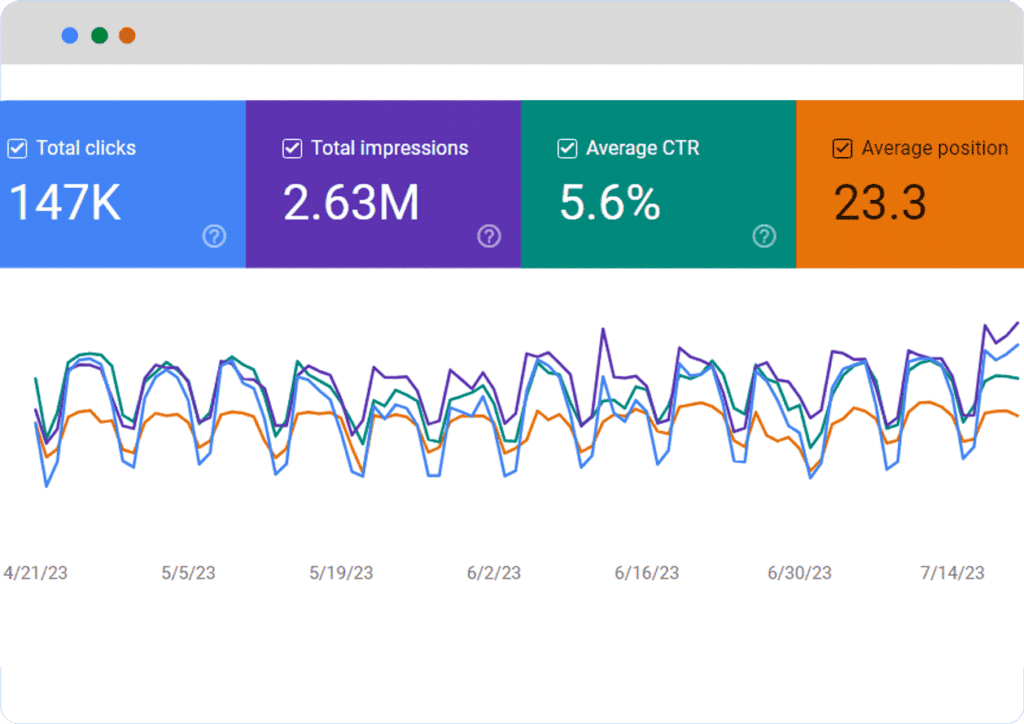
Why is Programmatic SEO Important?
Have you ever felt overwhelmed by the ever-evolving complexity of search landscapes? Probably Yes.
Given constant changes to Google search algorithms and increasing user needs, keeping pace with SEO can seem almost insurmountable.
Firstly, let’s confront something everybody already knows: search landscape is not how it was before. Search engines now have moved to a level of higher sophistication.
These search engines are not just looking for keyword stuffing or basic backlink strategies anymore. They want to provide users with the most relevant, high-quality content.
And, as the criteria for what’s considered “high-quality” shifts, I need to be on my toes, and so do you.
This is where the beauty of Programmatic SEO shines. As your SEO tasks grow and become more intricate, the need for scalable and efficient solutions becomes paramount.
Can you imagine optimizing thousands of web pages manually, one by one? Neither can I.
Programmatic search strategy allows you to scale your efforts, ensuring that whether you’re optimizing ten pages or ten thousand, you’re doing it efficiently.
But, it’s not just about scalability and efficiency.
Algorithms used by search engines change rapidly. One may believe that he or she finally understand what they want only to realize that these requirements have changed and are nothing like before.
With Programmatic SEO, you can adapt swiftly.
By automating certain processes, you can ensure your strategies evolve in tandem with these algorithms. Instead of being caught off-guard, you stay proactive, adjusting your tactics in real-time.
The Main Components of Programmatic SEO
Let’s delve deeper into the world of Programmatic SEO. It’s crucial for you to understand its main components, as this knowledge will help you revolutionize your SEO game.
TripAdvisor covers nearly every travel destination, while Zomato offers insights on countless businesses. This extensive reach is credited to their use of programmatic SEO to engage their desired audience.
Whenever someone searches “any city to travel,” TripAdvisor consistently ranks high, presenting a plethora of choices.

Automated Content Creation
Imagine if I told you that scripts could generate content for us based on specific data and patterns. Sounds futuristic, right? But, with Programmatic SEO, it’s very much a reality.
You can create a lot of content using AI algorithms making sure that every piece is customized for your preferred group of people.
In some cases, businesses have taken advantage of this particularly in creating unique product descriptions for various goods in just hours especially among e-commerce stores.
Well, let’s consider some real life examples of this phenomenon.
Consider a travel website that offers hotel listings. Instead of manually creating descriptions for each hotel, scripts can pull data from various sources, such as amenities, location, and reviews, to generate detailed and unique descriptions.
Another case I’ve observed involved a news aggregation site. By leveraging automated content creation, they could rapidly produce summaries of trending articles, ensuring that users always had the latest information.
Automated Technical SEO Audits
You know that technical SEO audits can be time-consuming. Manually scouring through pages to find issues? It’s both tedious and prone to human error.
But, what if I introduced you to scripts that can identify these technical glitches faster than any human could? That’s the power of Programmatic SEO.
There are several tools and resources at our disposal which enable automated technical SEO audits to be carried out and these can quickly analyze our website by pointing out problems in our website including broken links, slow loading pages and missing meta tags.
The beauty of these tools is in their precision. Instead of you sifting through pages, these scripts present a comprehensive report, allowing us to focus on implementing the necessary fixes.
Automated On-page Optimization
Remember those days when we’d manually optimize every meta tag, image, and link on a page?
While there’s a certain charm to that hands-on approach, the digital landscape demands efficiency. And, that’s where automated on-page optimization comes in.
Using data-driven insights, you can ensure that elements like meta tags, images, and links on your webpages are optimized for relevance and performance.
It’s not just about inserting keywords randomly; it’s about tailoring each element based on user behavior and preferences.
For instance, I once optimized a website where programmatic techniques adjusted image alt tags based on search trends, ensuring the images had a better chance of appearing in search results.
Moreover, through programmatic techniques, personalization takes center stage. Depending on the user’s behavior, location, or device, you can provide them with a tailored experience.
Think about it: A user searching for winter clothing in Canada might see different content compared to someone searching from tropical Thailand.
Steps and Best Practices for Programmatic SEO
When you start exploring this new territory for optimizing search, remember to be systematic in your approach. Presented here is a detailed guide designed to give you confidence as you journey through it as:
Identify Areas for Automation
Before diving in, take a moment to evaluate your current SEO tasks.
Which activities are repetitive? Which ones consume a chunk of your time? Identifying these tasks will give you a clear picture of where automation can be most beneficial.
Essentially, it’s about working smarter, ensuring you focus on tasks that genuinely need a personal touch.
For instance, “cars” is a primary head term and encompasses a vast subject. Yet, it lacks specificity and doesn’t convey a clear business intent. So, you need to refine it further.
“Tesla Model 3” offers greater precision but still retains broad appeal for your target audience.
Bear in mind, this hones in on a specific brand search, which is entirely acceptable. I’m not suggesting aiming to outdo Tesla, but instead, you should focus on enhancing the search experience for Tesla Model 3 audience.
Start Small and Test
While the allure of full-scale automation is strong, it’s wise to tread carefully. Begin by applying automated techniques to a limited set of tasks or pages.
This way, you can assess their effectiveness without overcommitting. Testing in controlled environments offers insights, helping you understand what works best and what might need fine-tuning.
Tesla Model 3 isn’t just a keyword; it’s the vessel through which you’ll transform into a traffic powerhouse.
This transformation is achieved by pinpointing questions around the central topic. This strategy marks the departure from traditional content creation to programmatic building.
If the core topic doesn’t yield iterative searches, it might not be suited for programmatically done SEO. However, if recurrent questions arise about a product, you’re in a prime position to attract traffic voluminously.
Timely: Questions pertinent to a specific timeframe.
- Examples: Tesla Model 3 2023, stock prices on October 10, 2023, inflation rates from the previous year, sporting events from the past week.
Comparable: Questions that derive value through comparison.
- Examples: Tesla Model 3 vs. Volkswagen ID 4, Tesla cars pricing vs Volvo cars pricing, comparing hotel reviews to hotel categories, hobbies associated with zodiac signs, and etc.
Hyper-specific: Questions that hold value within very specific parameters. (Narrower Audience)
- Examples: Tesla Model 3 for sale in Palo Alto, California, 2023 crime rates in San Francisco, the MVP of Super Bowl 2022, addressing public inquiries on platforms like Reddit.
With a programmatic methodology, these three templates can potentially yield thousands of pages, ready to launch as soon as the template is primed.
The key is to identify how the keyword can evolve. Using the example, these small-small modifiers I pinpointed are “vs.”, “below”, and “in.”
A strategic way to unearth keyword treasures is to revisit your keyword aggregator and input the [topic + modifier] (e.g., “Tesla Model 3 vs.”, “Tesla Model 3 below”, “Tesla Model 3 in”).
This method offers a clearer vision of each directory’s potential.
Continuously Monitor and Adjust
The digital landscape is ever-changing. As you implement new strategies, keep a vigilant eye on performance indicators. Use analytics tools to gauge the success of your efforts.
Are there improvements in traffic? What about user engagement? By monitoring these metrics, you can make informed adjustments, ensuring your strategies remain optimal.
A top-tier template should ideally meet most, if not all, of these criteria. See below example:
| Premium Templates | Subpar Templates |
|---|---|
| Address multiple queries | Only addresses a single, evident question |
| Feature distinct data points | Relies on data scraped from other sites |
| Surpass conventional pipeline in page value | Limited value, though scalable |
| Each page holds unique importance | Pages designed to deceive Google |
Caution: Subpar templates meeting only one of these criteria may be labeled as spam. Google will swiftly delist such pages. Therefore, always strive to provide the highest quality information possible.
Stay Updated with SEO Trends
In order to maintain a competitive edge, get to understand the trend since it is never constant; allot some hour every week or every month.
Webinars, online courses, and trusted blogs can be invaluable resources. Staying updated means you’re always ready to adapt, leveraging the latest techniques and best practices.
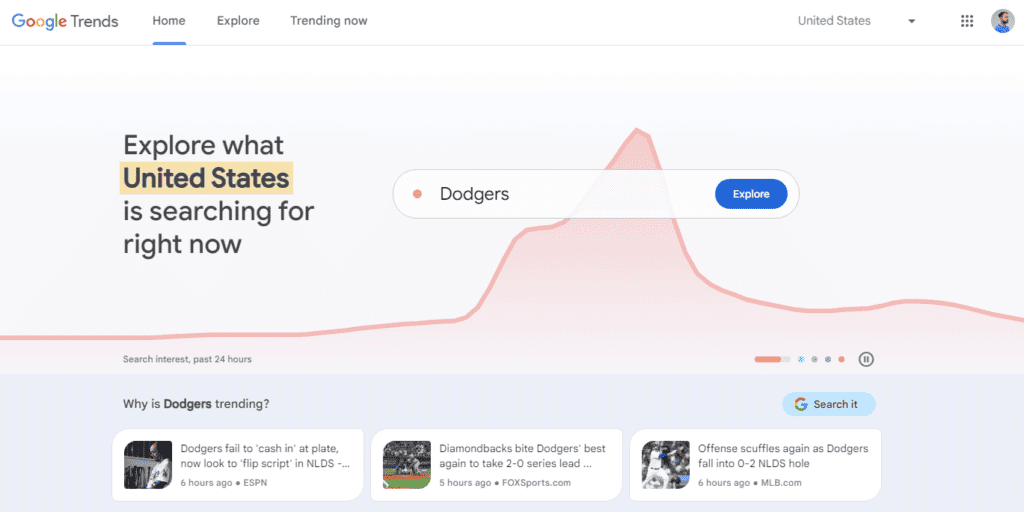
Benefits of Using Programmatic SEO
Embracing this advanced approach to search optimization offers numerous advantages.
To gain deeper insights into maximizing these benefits and understanding how to address challenges, explore the comprehensive guide on why your business may not be showing up on Google.
As the digital landscape grows more complex, this resource empowers you to make informed decisions about your SEO strategy for your business website.
Scalability: Traditional SEO can be laborious for large websites.
With Programmatic approach, you can quickly optimize numerous pages, akin to shifting from manual tools to high-tech machinery, boosting output while maintaining quality.
Precision: While manual methods have their merits, they’re prone to errors.
Programmatic search optimization, with its automated techniques, ensures greater accuracy in tasks like SEO audits, boosting performance and confidence in the precision of each action.
Speed: The digital realm evolves rapidly, with frequent shifts in search algorithms.
Programmatic strategy allows for quick adaptations, using automation to update content in tune with the latest algorithm changes, saving significant time.
Cost-efficiency: Large-scale SEO campaigns demand extensive manual labor, which is costly.
Programmatic SEO automates many tasks, cutting down labor hours and costs. The minimized human error also reduces the need for corrections, conserving resources.
Challenges and Considerations
While the advantages of Programmatic SEO are evident, it’s equally crucial to be aware of the challenges and considerations that come with it. Let’s explore some of them:
Ensuring Quality over Quantity
Automation, especially in content creation, can sometimes prioritize volume over depth, risking a dip in relevance and quality. Additionally, while it accelerates output, it may jeopardize a brand’s carefully cultivated voice and authenticity.
Over-automation Concerns
While automation offers efficiency, over-reliance on it can overshadow the need for a human touch, especially in areas like backlink relationship-building.
Additionally, while some automation might promise rapid SEO gains, unethical practices risk search engine penalties and can tarnish brand reputation.
Technical Hurdles
Programmatic search optimization demands both SEO and programming expertise. Initiating automation may call for specialized training or personnel.
Additionally, integrating automation tools with websites can introduce technical issues, from server overloads to compatibility conflicts, underscoring the need for a strong technical base.
Tools and Platforms for Programmatic SEO
Search engine optimization that is programmatic can be done easily with best tools and platforms within your reach.
These platforms and tools are custom made to exploit the power of automation which is what will ensure that optimization processes are done with the business website in an efficient & effective way.
There are many tools out there with each having its unique features. Some of the most sought after ones are:
SEO Frameworks like DeepCrawl or Screaming Frog
- Features: These platforms offer comprehensive site audits, helping identify issues and opportunities for optimization.
- Pros: Intuitive interfaces, in-depth reports, and integration capabilities.
- Cons: Might be resource-intensive, and the depth of data can be overwhelming for beginners.
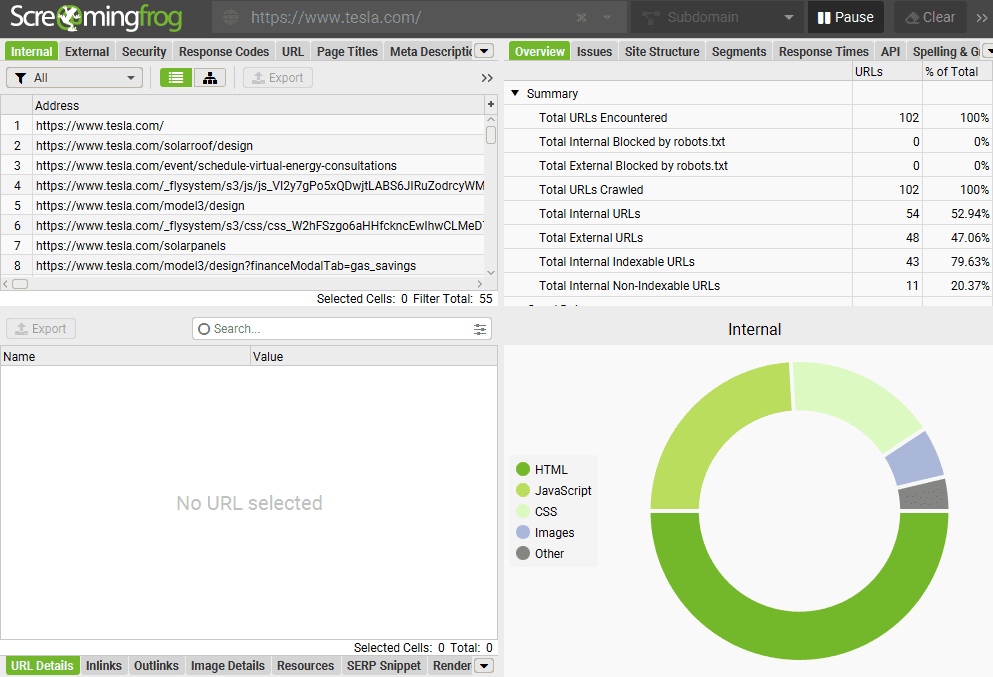
Automated Content Tools like Clearscope or MarketMuse
- Features: These tools assist in content optimization based on real-time keyword research and competitive analysis.
- Pros: Streamlines content creation, ensuring relevance and SEO alignment.
- Cons: Can be costly and still require a human touch for final content refinement.

Scripting Tools such as Python libraries for SEO
- Features: Offers capabilities from data scraping to automating various SEO tasks.
- Pros: Highly customizable, ideal for tailored SEO strategies.
- Cons: Requires programming knowledge, might have a steeper learning curve.
Integration with Other SEO and Marketing Platforms
Programmatic SEO tools often have the advantage of integrating well with other platforms. That way, your entire digital marketing ecosystem will function smoothly together.
As another example, information gathered using automated content tools can be used by the content management system (CMS) or pay-per-click (PPC) efforts that you have started.
Also, the incorporation expedites a compendium of all the SEO activities that you undertake.
You can track performance metrics in real-time, adjust strategies based on data, and ensure that every facet of your digital presence is optimized by connecting these tools to platforms like Google Analytics and HubSpot.
Explore Some Notable Insights
1. Mobile Optimization: According to Google, over half of all web traffic comes from mobile devices. A programmatic approach can help automate mobile optimizations across vast websites.
2. Loading Speed: According to Backlinko, a site’s bounce rate goes up by 32% if page load time increases from 1 to 3 seconds. Programmatic techniques can help in automating optimizations that improve load speed.
3. Voice Search: As per Gartner, around 30% of all searches will be done without a screen by 2023. Programmatic search optimization can assist in adapting content for voice search at scale.
4. Content is King: Content marketing costs 62% less than traditional marketing but generates about 3 times as many leads, according to DemandMetric.
5. Algorithm Changes: Google changes its search algorithm roughly 500 to 600 times a year, highlighting the need for agile and scalable SEO strategies.
6. High-Quality Content: A HubSpot survey indicated that companies that published 16+ blog posts monthly got almost 3.5 times more traffic than companies that published 0-4 monthly posts.
Conclusion
I trust you enjoyed reading this thorough guide to programmatic SEO and can see how this could revolutionize the future of search optimization.
It is not mere trend but a crucial transformation in the digital era blending the technical know-how in programming with SEO intricacies.
Even with a machine’s and a script’s ability to process information accurately, find trends, and carry out responsibilities within a short period of time, this process is only inspired by human wisdom, originality as well as instinct.
True magic is found in achieving the best results through a fine balance between the efficiency of automation and human discernment. Programmatic search optimization isn’t about sidelining the human element, but rather amplifying it.

